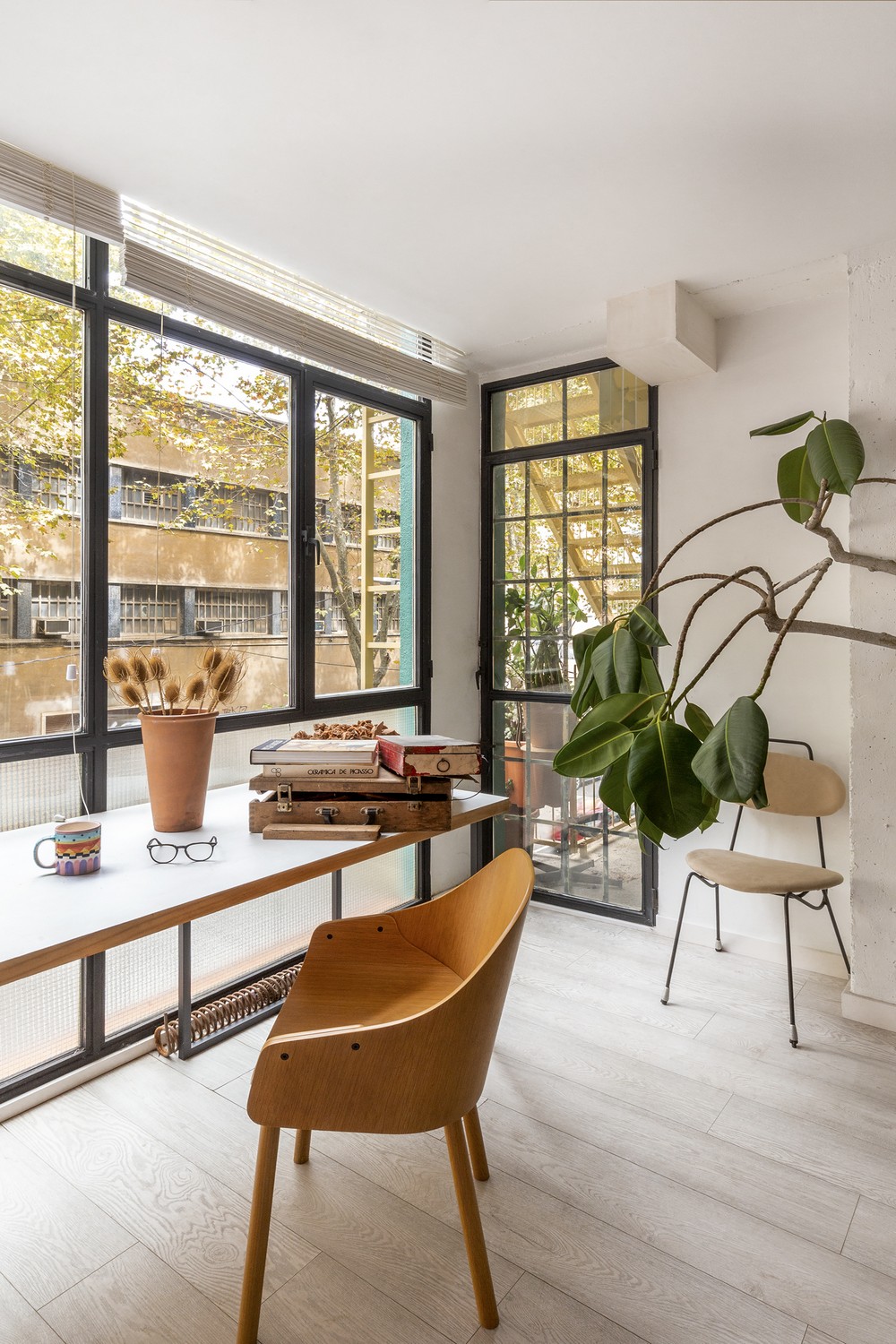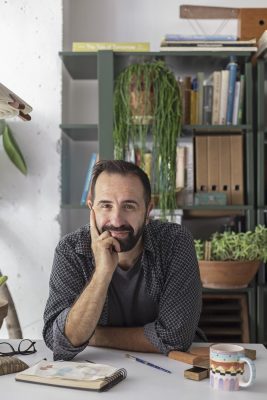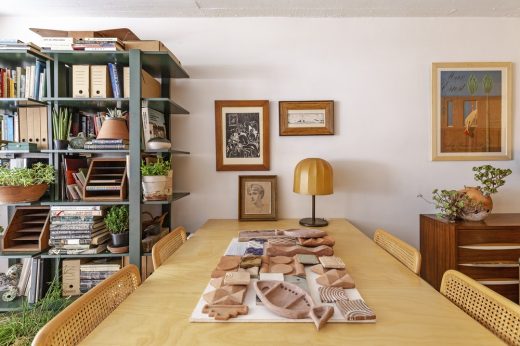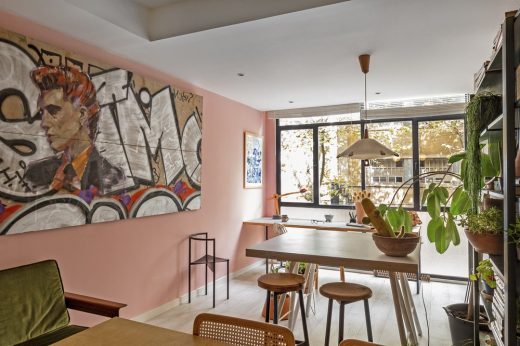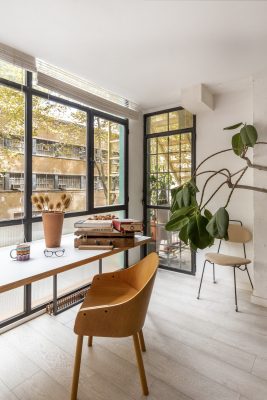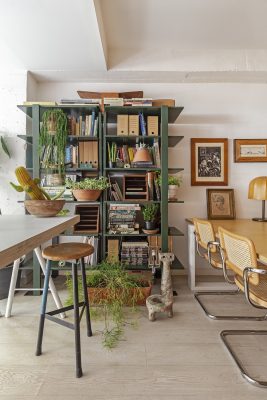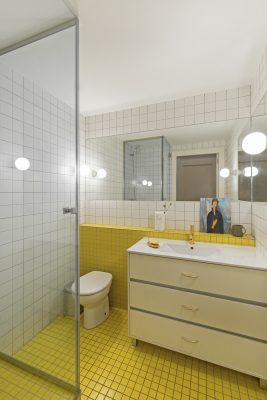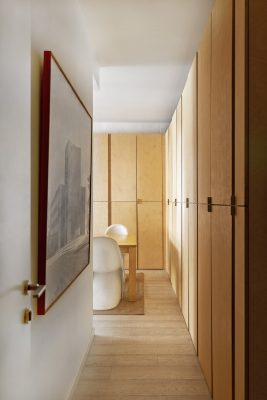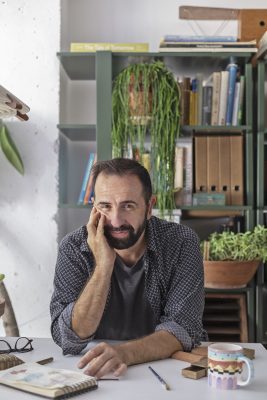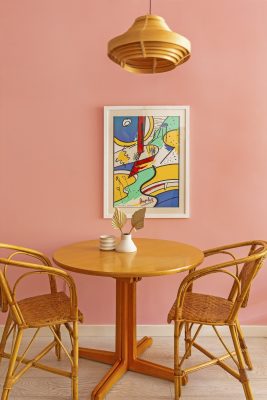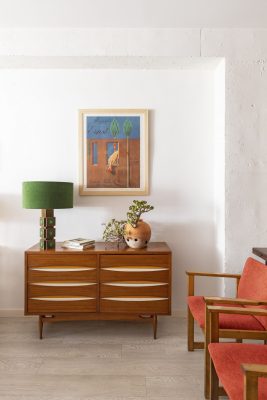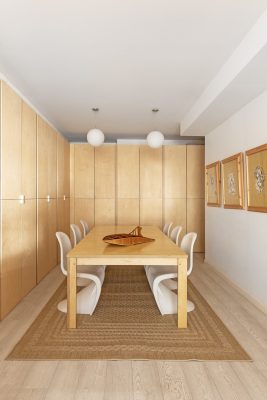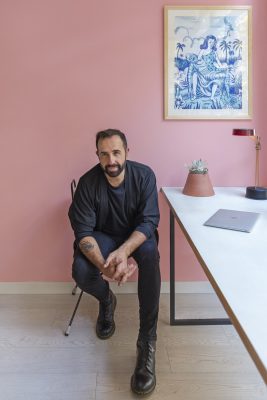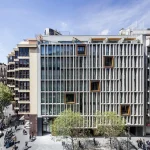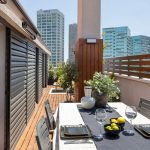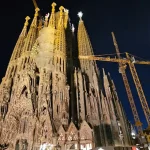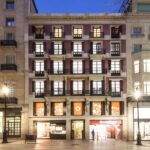House-studio of Alex March Barcelona, Catalan Interior Style, New Spanish Building Images
In the House-studio of Alex March, Barcelona
26 Nov 2020
House-studio of Alex March, Barcelona
Photos by Sandra Rojo
“Very different things can inspire me, although above all, there are two things that prevail: one is nature, and the other is the entire heritage of art and design in the history of mankind. I am inspired by beauty, which is timeless” says Alex March.
Born into a family dedicated to the artistic field for several generations, Alex March‘s love affair with interior design goes back a long way… This is reflected not only in his studio, but also in every project he undertakes, to which he passionately surrenders. His grandfather was an art book editor, his grandmother was an antiquarian and his father a gallery owner, to which Alex March dedicated two years of his life.
The study:
Five years ago, Alex March left his studio in the upper area of Barcelona to move to a new place “I wanted to settle in a neighbourhood like Poblenou, where you have the opportunity to collaborate with a range of different types of people and discover new synergies, where you find atypical and unique spaces, difficult to find in another neighbourhood… here creativity flows freely…” he explains.
This house-studio has 180 square meters and for Alex March it was love at first sight. “It was a space with huge windows, which was literally destroyed, but I immediately saw that it had many possibilities.”
As an anecdote, this study had been a warehouse of paintings to blur from the brand Goya in the past and, as there was still a significant amount of them, the study donated them to a nursery school.
During all this time, significant reforms have been made and it is now, once Alex has felt much more comfortable, that he has decided to open its doors.
Noble materials for an ever-evolving space
Noble materials are part of the inspiring connection with nature that Alex feels. Throughout the studio, the flooring is a natural oak parquet in a light tone.
In the meeting room, six iconic white Pantom chairs and a large table, made of birch by Alex March himself, rest on a natural fibre rug.
The space has been evolving with the interior design studio. Alex March confesses that he got a bit overwhelmed before the realization of the large L-shaped birch wardrobe – of his own design – due to a significant accumulation of samples, catalogues, books and magazines.
“It can be said that I have some kind of cumulative desire for this type of publications, mainly design and art from the 60s, 70s and 80s, although with art publications I am more diverse” a passion that undoubtedly comes from family tradition.
“Any piece can have a value as long as it has a high level of design and art”
The devotion to furniture from the 50s, 60s, 70s and 80s is mixed with contemporary pieces, providing a unique style in each and every corner of the studio. “Nothing has been planned, they are all things that inspire me and that I like, they represent the work I do, it is my decision to commit to heterogeneity, where any piece can have a value as long as it has a high level of design and art.”
“I have a preference for the 19th and 20th centuries and for everything current that has something to say,” explains Alex March, who quotes Philippe Starck as a reference in interior design, for his great creativity without being pigeonholed into a specific style, and Ilse Crawford and Retrouvius, for the way they recover old things and for their ability to play with nature.
Alex March’s eclectic interior design originates in his childhood: he grew up among works by Sorolla, Fortuny, sculptures by Gargallo and Llimona, and also works by Barceló, Dalí, Tàpies… “my grandparents’ house was a real art gallery, that’s what I’ve been surrounded by since I was little, it was already clear that I was going to mix many things in the future, the taste for mixing was inevitable”.
Alex March’s great artistic and design culture is reflected in the selection of surprising pieces for his studio, some almost of worship for design lovers: Cesca chairs by Marcel Breuer, brutalist marble sculptures from the 70s, ETA shelves by A. Castiglioni from 1979, Atelje Glas & TRÄ swedish lamp from the 60s with a green velvet lampshade, Gascón’s spanish chair from the 70s, a Cabinet attributed to Anne Vodder from the 60s, Hans-Agne Jakobsson style lamp from 1960, a poster for the Bar Duplex de Mariscal from the 80s, Castelló chair for the Il Giardineto restaurant designed by Frederico Correa and Alfonso Milá in the 70s, Guilleumas table from the 70s, Wendy Wright chair by Philip Starck from 1986, among many other details.
Alex March is at a very creative and exciting stage in his life. Between projects, he has found time to design two new furniture brands, which are hallmarked by his personality and work ethic and will soon be released.
Photographer: Sandra Rojo
House-studio of Alex March, Barcelona Interior images / information received 26 Nov 2020
A Barcelona Interior Design project by Alex March Studio on e-architect:
26 May 2020
GSS Security Mataró Office Interior, Mataró, Barcelona, Catalunya, Spain

photo : Eugeni Pons
GSS Security Interior by Alex March
Address: Barcelona, Spain
Architecture in Northeast Spain
Barcelona Architecture Tours – contemporary Catalan capital city walks by e-architect focused on the best new architectural designs
Tánger 66, Poblenou
Architects: BuckleyGrayYeoman
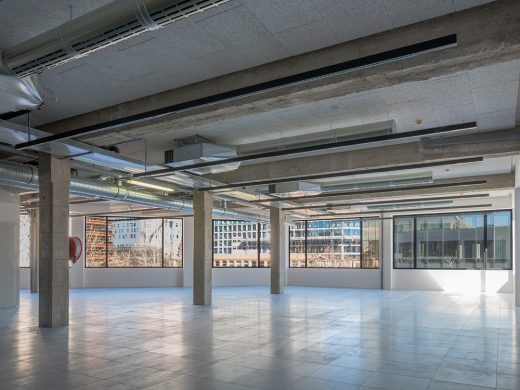
photo © Peter Landers
Tánger 66 Barcelona
Lycée Français Maternelle, Carrer de Munner
Design: b720 Fermín Vázquez Architects
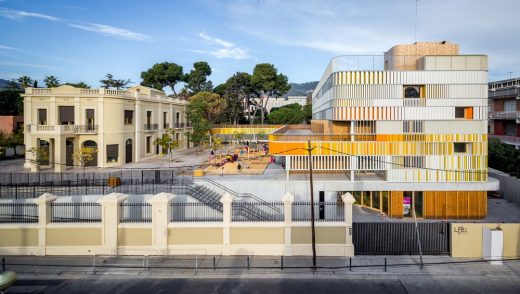
photograph : Simón García
Lycée Français Maternelle
Barcelona Houses – contemporary Catalan property design information & images
Barcelona Architecture – key new buildings in the Capital of Catalonia
Comments / photos for the House-studio of Alex March, Barcelona – Contemporary Catalan interior design page welcome

